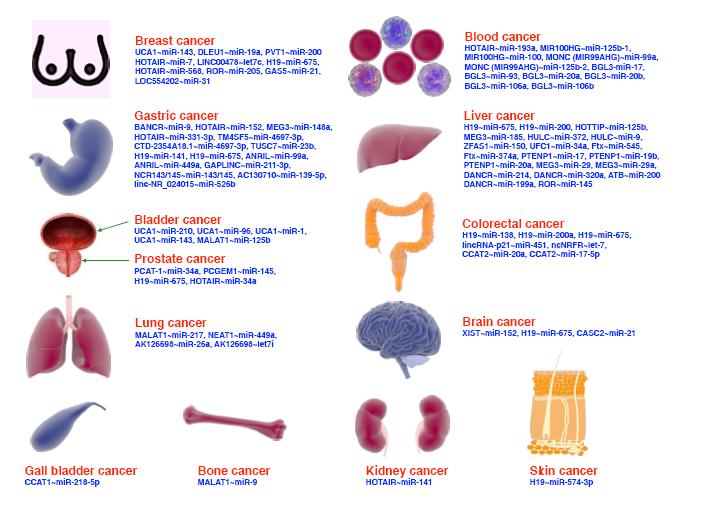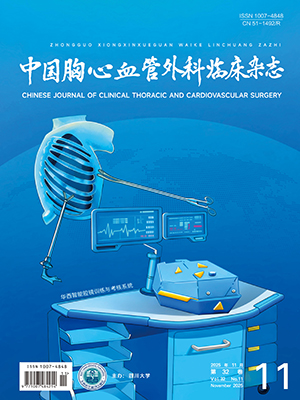Abstract: Objective?To evaluate clinical experiences and long-term outcome of morphologic left ventricle (mLV) retraining for congenitally corrected transposition of the great arteries (cCTGA). Methods From May 2005 to May 2011, 24 patients with cCTGA anomaly underwent left ventricle retraining by means of pulmonary artery banding in Fu Wai Hospital. There were 13 males and 11 females with their age of 0.17-22.00 (3.73±4.35) years and body weight of 5.10-61.00(15.71±10.95)kg. Major concomitant malformations included tricuspid valve insufficiency (TR)in 23 patients (mild in 11 patients, moderate in 7 patients, severe in 5 patients), restrictive ventricular septal defect in 18 patients, atrial septal defect in 5 patients, patent foramen ovale in 5 patients, patent ductus arteriosus in 4 patients, mild pulmonary stenosis in 5 patients, and aortic coarctation in 1 patient. All the patients were preoperatively diagnosed by echocardiography, cardiovascular angiography or cardiac catheterization. The mLV end diastolic diameter (mLVEDD) was 8-32(21.56±6.60)mm, posterior wall thickness of mLV was 2-7 (4.29±1.52)mm , mLV to morphologic right ventricle (mRV) pressure ratio (mLV/mRV) was 0.12-0.65 (0.41±0.12). Pulmonary artery banding operation was performed through upper partial sternotomy or median sternotomy without circulatory arrest. Results The mLV/mRV pressure ratio reached to 0.57-0.93 (0.76±0.10) under direct pressure monitoring after surgery. There was no in-hospital death in this group. Echocardiography before discharge showed that the structure and function of the two ventricles were good, the interventricular septum moved partially towards mRV, mLVEDD was increased slightly, and there was a tendency of reduced TR. Postoperative follows-up was from 1 to 35 months, and there was no late death during follow-up. All the patients were in good general condition with stable vital signs and New York Heart Association (NYHA) classⅠ-Ⅱ. The mLVEDD was 14-40 (26.17±7.11) mm, posterior wall thickness of mLV was 4-9 (4.95±1.44)mm, mLV/mRV pressure ratio was 0.52-0.98 (0.72±0.16) , and TR was significantly decreased. Fourteen patients successfully underwent staged complete double-switch procedure. Conclusion Left ventricle retraining is a safe and effective method to train mLV for cCTGA patients. Pressure load and posterior wall thickness of mLV are increased, mLV cavity is dilated, and TR is significantly reduced after the surgery.
Citation: CUI Bin,LI Shoujun,YAN Jun,SHEN Xiangdong,WANG Xu,HUA Zhongdong,YANG Keming.. Outcomes of Morphologic Left Ventricle Retraining Procedure for Congenitally Corrected Transposition of the Great Arteries. Chinese Journal of Clinical Thoracic and Cardiovascular Surgery, 2012, 19(4): 350-353. doi: Copy
Copyright © the editorial department of Chinese Journal of Clinical Thoracic and Cardiovascular Surgery of West China Medical Publisher. All rights reserved




